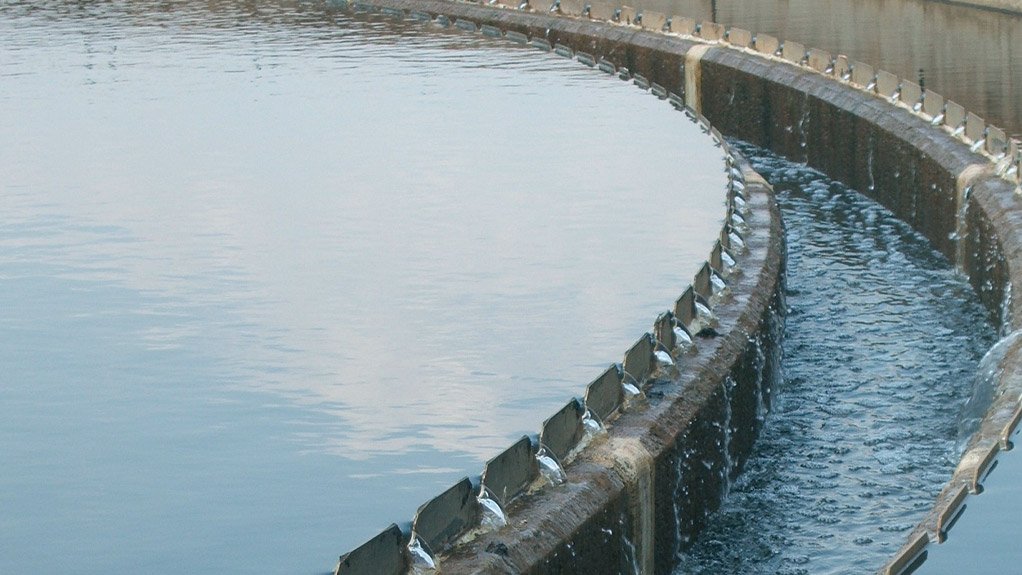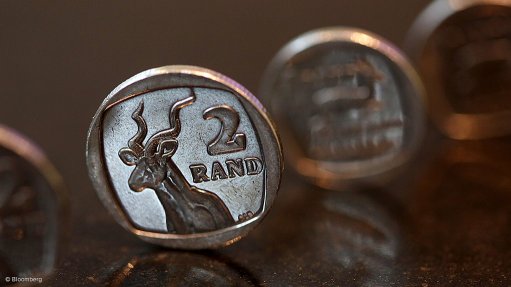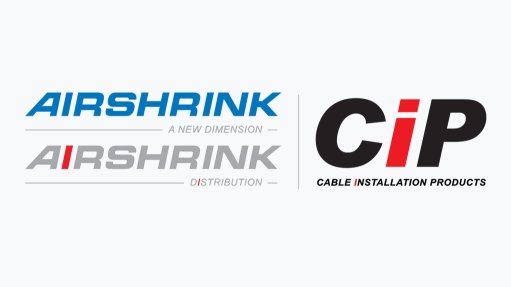New technologies to increase wastewater plants’ capacity


WASTE TREATED Wastewater should be seen as a valuable resource, as it can be reused
The East Rand Water Care Company (ERWAT) is implementing new technologies at its plants to increase the treatment capacity.
ERWAT is set to commission the Nereda technology in June at the Hartebeestfontein wastewater treatment works (WWTW) to increase its capacity from 63-million litres a day to 68-million litres a day, says ERWAT MD Tumelo Gopane.
The project was started in March 2015 and involved converting the existing photostrip process to a Nereda plant.
The conversion was made to make use of existing infrastructure, which was not used. The Nereda technology was the ideal technology to use to retrofit existing infrastructure.
The cost of the expansion was about R6-million for each one-million litres of additional capacity.
The Nereda technology is a Dutch technology developed for sewage treatment plants that treat wastewater in the secondary treatment stage.
Similar to the Nereda technology, the company has deployed the HYBACS technology, which has a smaller footprint, compared with conventional technology, which uses less energy and is quicker to deploy.
The HYBACS technology originated in South Korea and is used to remove nutrients from wastewater. The process consists of two biological stages, followed by the clarification process.
The first stage comprises water and wastewater treatment specialist
Bluewater Bio’s shaft-mounted advanced reactor technology units, containing attached biomass. The second stage entails conventional activated sludge, with suspended biomass.
The biomass partially drains the wastewater as the plates rotate, enabling convection in and out of the plates both of the liquor containing pollutants and bacteria and of the surrounding air.
As the plates rotate, the biomass is aerated from the atmosphere when above the liquor, and brought into contact with pollutants when submerged. This advective flow substantially increases the transfer rate of pollutants and oxygen to the biomass, increasing the hydrolysis rate.
Gopane says ERWAT has deployed the HYBACS technology at the Tsakane WWTW, to increase its daily wastewater treatment capacity from 10.8-million litres to 20-million litres.
The project involved converting the existing biological nutrient removal process –used to remove nitrogen and phosphorus from wastewater before it is discharged into surface or ground water – to HYBACS to meet the demands of the growing population in the area.
Gopane adds that this represents a 40% reduction in capital budget with reference to a benchmark cost of R10-million for one-million litres for conventional upgrade methods.
The Tsakane WWTW can potentially reduce overall energy consumption by 15% to 20%, which has a positive impact on the operational budget, he says.
Further, the company has deployed the plastic media trickling filter technology at the Herbert Bickley WWTW.
Initially, the WWTW was designed to handle an average of 12.5-million litres a day and, at the time, it was running at a daily average wastewater flow of 18.8-million litres a day which is 50% more than what it was designed for.
Gopane explains that the technology was proposed as a mitigating measure to upgrade and increase plant capacity.
“The project scope was to replace the then stone media in the biofilter with a new technology media, which is the plastic media,” says Gopane.
He adds that ERWAT is running a modelling and simulation programme for all its 19 plants using the Biowin process simulation software. The Biowin model will be used to develop the standard operating procedures that will be used to optimise the treatment process to further improve the quality of compliance.
Moreover, he points out that ERWAT would like to urge the South African Local Government Association and the Department of Water and Sanitation to resuscitate the initiative to coordinate the heads of department (HoDs) of Water and Sanitation, as well as the MDs of water and sanitation entities, to bolster coordinated planning, and thus, prioritise the use of scarce financial resources.
Once such a forum is up and running, ideally on a quarterly basis, it should consider involving the CEOs of water boards, from time to time, to discuss cross-functional agenda items across the entire water supply value chain. “It is my understanding that CEOs of water boards have a fairly well coordinated forum. It would be great if the outcomes of what is discussed at the forum – which largely impacts on municipalities that are clients to water boards – to find expression at the anticipated HoDs and MDs forum, which urgently needs to take off,” Gopane concludes.Article Enquiry
Email Article
Save Article
Feedback
To advertise email advertising@creamermedia.co.za or click here
Comments
Press Office
Announcements
What's On
Subscribe to improve your user experience...
Option 1 (equivalent of R125 a month):
Receive a weekly copy of Creamer Media's Engineering News & Mining Weekly magazine
(print copy for those in South Africa and e-magazine for those outside of South Africa)
Receive daily email newsletters
Access to full search results
Access archive of magazine back copies
Access to Projects in Progress
Access to ONE Research Report of your choice in PDF format
Option 2 (equivalent of R375 a month):
All benefits from Option 1
PLUS
Access to Creamer Media's Research Channel Africa for ALL Research Reports, in PDF format, on various industrial and mining sectors
including Electricity; Water; Energy Transition; Hydrogen; Roads, Rail and Ports; Coal; Gold; Platinum; Battery Metals; etc.
Already a subscriber?
Forgotten your password?
Receive weekly copy of Creamer Media's Engineering News & Mining Weekly magazine (print copy for those in South Africa and e-magazine for those outside of South Africa)
➕
Recieve daily email newsletters
➕
Access to full search results
➕
Access archive of magazine back copies
➕
Access to Projects in Progress
➕
Access to ONE Research Report of your choice in PDF format
RESEARCH CHANNEL AFRICA
R4500 (equivalent of R375 a month)
SUBSCRIBEAll benefits from Option 1
➕
Access to Creamer Media's Research Channel Africa for ALL Research Reports on various industrial and mining sectors, in PDF format, including on:
Electricity
➕
Water
➕
Energy Transition
➕
Hydrogen
➕
Roads, Rail and Ports
➕
Coal
➕
Gold
➕
Platinum
➕
Battery Metals
➕
etc.
Receive all benefits from Option 1 or Option 2 delivered to numerous people at your company
➕
Multiple User names and Passwords for simultaneous log-ins
➕
Intranet integration access to all in your organisation



















